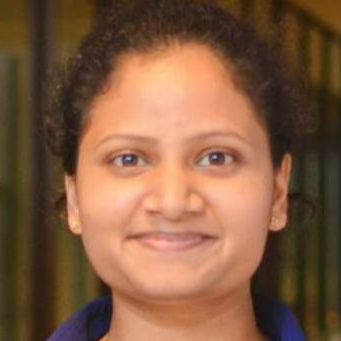
Charitha Paranamana
Work place: School of Computing University of Colombo, Colombo 7, Sri Lanka
E-mail: cparanamana93@gmail.com
Website:
Research Interests: Human-Computer Interaction, Computer systems and computational processes, Computer Networks
Biography
Charitha Paranamana is a final year undergraduate of School of Computing, University of Colombo Sri Lanka. She will be graduating in January 2018 in Information Systems Honors degree.
Her research interests are Computer Forensics, Simulation techniques and Human computer Interaction.
Author Articles
A Novel Musculoskeletal Imbalance Identification Mechanism for Lower Body Analyzing Gait Cycle by Motion Tracking
By Hiranthi Tennakoon Charitha Paranamana Maheshya Weerasinghe Damitha Sandaruwan Kalpani Mahindaratne
DOI: https://doi.org/10.5815/ijitcs.2018.03.04, Pub. Date: 8 Mar. 2018
Muscles in a human body consists of a pair. Musculoskeletal imbalances caused by repetitive usage of one part of the muscle in this pair and incorrect posture a human body takes on regular basis lead to severe injuries in terms of neuro musculoskeletal problems, hamstring strains, lower back tightness, repetitive stress injuries, altered movement patterns, postural dysfunctions, trapped nerves and etc. and both neurological and physical performances are severely affected when time progresses. In clinical domain, muscle imbalances are determined by gait and posture analysis, Movement analysis, Joint range of motion analysis and muscle length analysis which require expertise knowledge and experience. X-Rays and CT scans in the medical domain also require domain experts to interpret the results of a checkup. Kinect is a motion capturing device which is able to track human skeleton, its joints and body movements within its sensory range. The purpose of this research is to provide a mechanism to identify muscle imbalances based on gait analysis tracked via Kinect motion capture device by differentiate the deviation of healthy person’s gait patterns. Primarily, the outcome of this study will be a self-identification method of human skeletal imbalance.
[...] Read more.Other Articles
Subscribe to receive issue release notifications and newsletters from MECS Press journals